Bellissimo Colors Customized Decor

Modern home décor is all about subdued hues, maximum comfort, and a welcoming vibe. Sometimes, these aspects are perfectly encapsulated by minimalist designs, and at other times, warm colors do the trick. It all depends on your overall design and style statement. But, irrespective of your style, comfort, or design preferences, printing on glass adds a touch of class and sophistication unlike little else can.
Printing on glass transforms unassuming glass surfaces, doors, glass panels, and décor elements into a delightfully elegant presence. It breathes life and character into these highly functional yet “lifeless” things and blends them seamlessly into your décor. Printing on glass opens up a universe of possibilities, whether it’s for your home, office, or commercial purposes.
If you are new to print on glass designs, this detailed guide will bring you up to speed on everything you need to know about printing on glass.
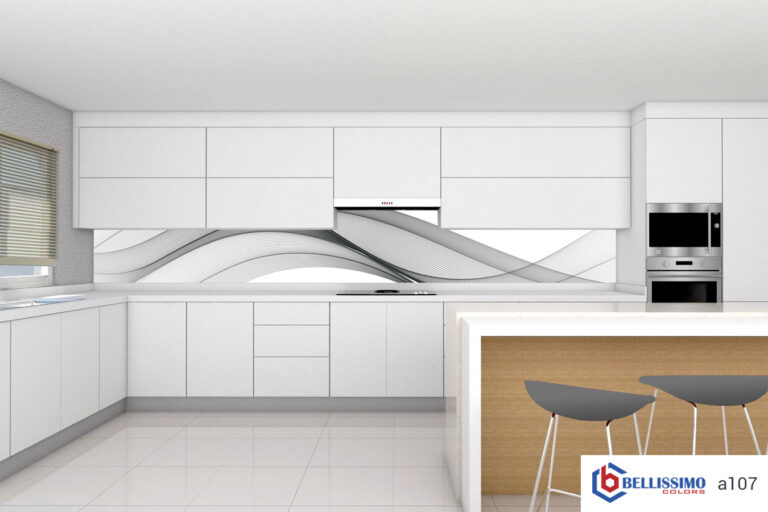
Printing on glass, clear acrylic, and plexiglass requires specialized equipment depending on the surfaces being printed. There are mainly 4 techniques for printing on glass – screen printing, digital printing, pad printing, and digital ceramic glass printing.
The four techniques differ significantly in terms of technology, ease of printing, costs, versatility, and scalability. However, each of them has specific benefits that make them suitable for specific purposes.
For instance, screen printing is labor-intensive, offers limited color options, and time-consuming.
But, it’s the best fit for high-volume glass printing. Likewise, digital printing offers greater customizability but is best suited for low-volume productions. We’ll discuss more on glass printing techniques shortly.
Modern glass printing equipment have advanced features that expand the possibilities of what each type of printing can do. So, talk to us before you place the order to get a precise understanding of how awesome we can make your glass prints.
We often get asked by our customers, “How well can you print on glass?”
The short answer is: fabulously!
Because we use Low Iron Ultra Clear Glass, and have the technology, expertise, and experience to print
a variety of designs on glass materials of varying shapes and sizes. Whether you are looking for unicolor prints for office dividers or complex designs for wall art, we can do it all.
In fact, Bellissimo Colors are specialists in printing high-resolution designs on the tempered glass to
perfection. So, we can print simple designs to HD pictures and everything in between on glass. Let us know what you need and witness us turn your vision into a glass reality.
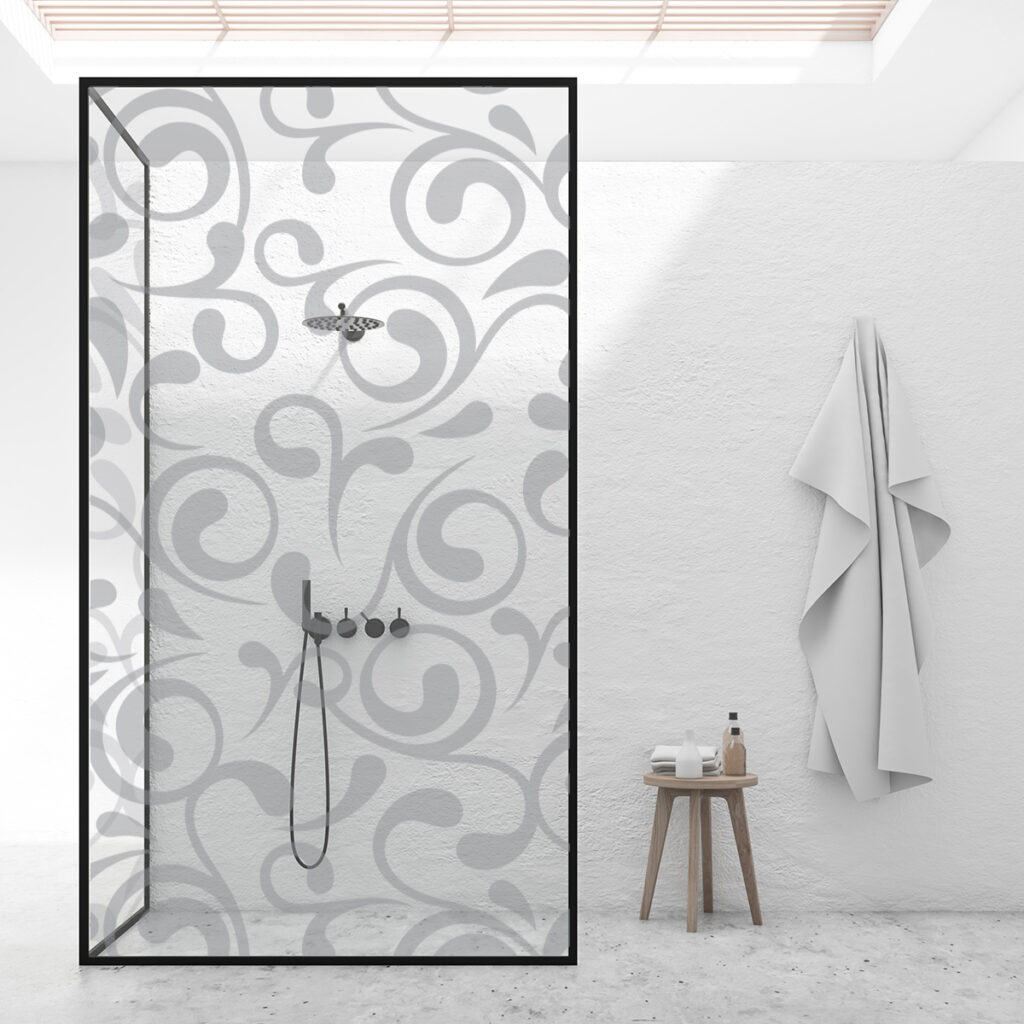
Printing on glass is a rising trend that’s picking up steam fast. From upscale homes to modern offices, glass prints are everywhere. Their sudden popularity is a product of technological innovation, changing trends, and evolving consumer preferences. Here’s how they have contributed to the rise of glass print décor:
Significant advancements in glass production technology have made it possible for manufacturers to create highly durable glass surfaces that can withstand extreme conditions. The proliferation of these technologies has brought down production costs to make them affordable to everyone from small offices to average homeowners.
Glass wall photo prints lend your space a quintessentially contemporary look and make it come alive. Naturally, all modern spaces make use of glass elements in one form or another. They lend sophistication to your décor that’s hard to match. Clean, exquisite, and easy-to-care, glass surfaces are the pinnacle of modern design.
Yet, there’s something about glass designs that has withstood the test of time. From glass windows to chandeliers to doors, glass has been a part of interior décor for centuries. Now, it’s time to take it to the next level by putting it left, right, and center of your vision.
Despite its meteoric rise in popularity, glass décor elements are not mainstream yet. This gives you a window of opportunity to imbue your décor with “futuristic” elements that set you apart from everyone else.
Printing photos on glass gives you a radically new canvas to exhibit your creativity, style, and taste. It’s bold and a surprisingly low-risk decision. You simply cannot go wrong with glass.
Glass prints are effortless to maintain. Just a splash of water, followed by a quick rub with a cloth, and almost any type of stains come right off of it. With proper care, glass surfaces can be preserved in perfect conditions for decades. At Bellissimo Colors, we use tough, scratch-resistant glass for printing, which retain their shiny, pristine state for years to come.
For these reasons and many more, printing on glass is the future of modern décor.
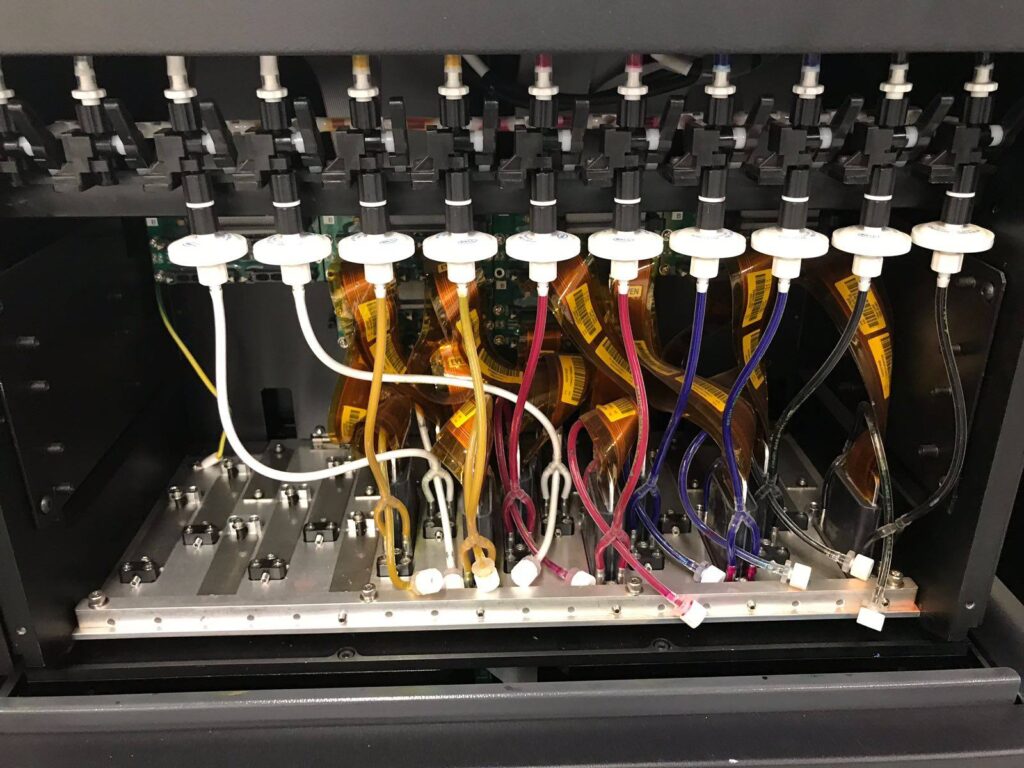
As discussed earlier, there are 4 different methods of printing on glass. They all come with their own sets of benefits and drawbacks, making them suitable for different purposes. Here’s a quick overview of each of them:
Screen printing is the oldest glass printing technique. It’s quite versatile and can be used to print on flat, slightly curved, as well as cylindrical glass surfaces. It makes use of a stencil and mesh screen, alongside a squeegee to allow ink to pass through only specific areas that need to be printed. Once the ink sets, it’s “fired” to make it stick to the glass, making a thin film on top of it.
Screen printing is a labor-intensive method and requires extensive setup before each round of printing. So, it’s usually used for printing 1 to 2 color prints, rarely going above 4 colors. It’s the most expensive method of printing on glass and is best suited for high-volume applications where the setup and preparation time can be spread across multiple prints.
Pad printing essentially transfers a 2D image onto a 3D physical object. It’s a high-speed glass printing process that usually employs 1-2 colors. Some of the more advanced machines make use of up to 6 colors.
In this method, a silicone pad compresses onto an in-filled etch to capture the image. The pad is then compressed onto the object on which the image is to be printed. The soft pad fits the contours of the 3D object perfectly and transfers the image or design.
For more complex projects, such as printing photos on glass, pads of specific shapes must be used. For this reason, pad printing is generally used for large-volume batch production applications.
Digital printing is the go-to option when you are looking to print pics on glass. It’s a highly versatile printing method that offers virtually limitless possibilities for glass photo printing. Digital printing can print graphics and photos on most types of glass surfaces – flat, curved, cylindrical, spherical, conical – you name it.
Digital printing makes use of organic inks that are cured on glass surfaces using ultraviolet light. It’s relatively less labor-intensive and can use a full gamut of colors to produce vibrant, eclectic, and HD prints on surfaces. In fact, some of the advanced digital printers can print high-resolution, full-wrap prints on glass objects like candle holders, wine glasses, vases, and other glassware.
Technically, digital ceramic printing is a subcategory of the digital printing method, but it deserves a special mention for reasons you’ll understand soon. It was developed to solve one of the major shortcomings of digital printing – durability. UV printing does not produce long-lasting prints, which come off easily after a short while. But, digital ceramic printing addresses it.
Digital ceramic printing makes use of ceramic ink, which contains microscopic glass particles mixed with pigment. So, when the ink is printed on glass at high temperatures, the glass in the ink fuses into the surface, creating a near-permanent print. It can produce outstanding glass photography prints with accurate and vivid colors.
One of the most fascinating things about printing on glass is that the world is your canvas. You can print on every glass object you have at home or office. In fact, you can replace regular non-glass objects with glass things with the sole purpose of elevating their style and function. Tabletops, countertops, stair railings, doors – you can have almost anything in glass. There’s a fine line between bumping up your space’s style quotient and going overboard with glass. So, as long as you can toe that line, there are unlimited possibilities for you.
If you’re looking for some inspiration, perhaps, we can help…
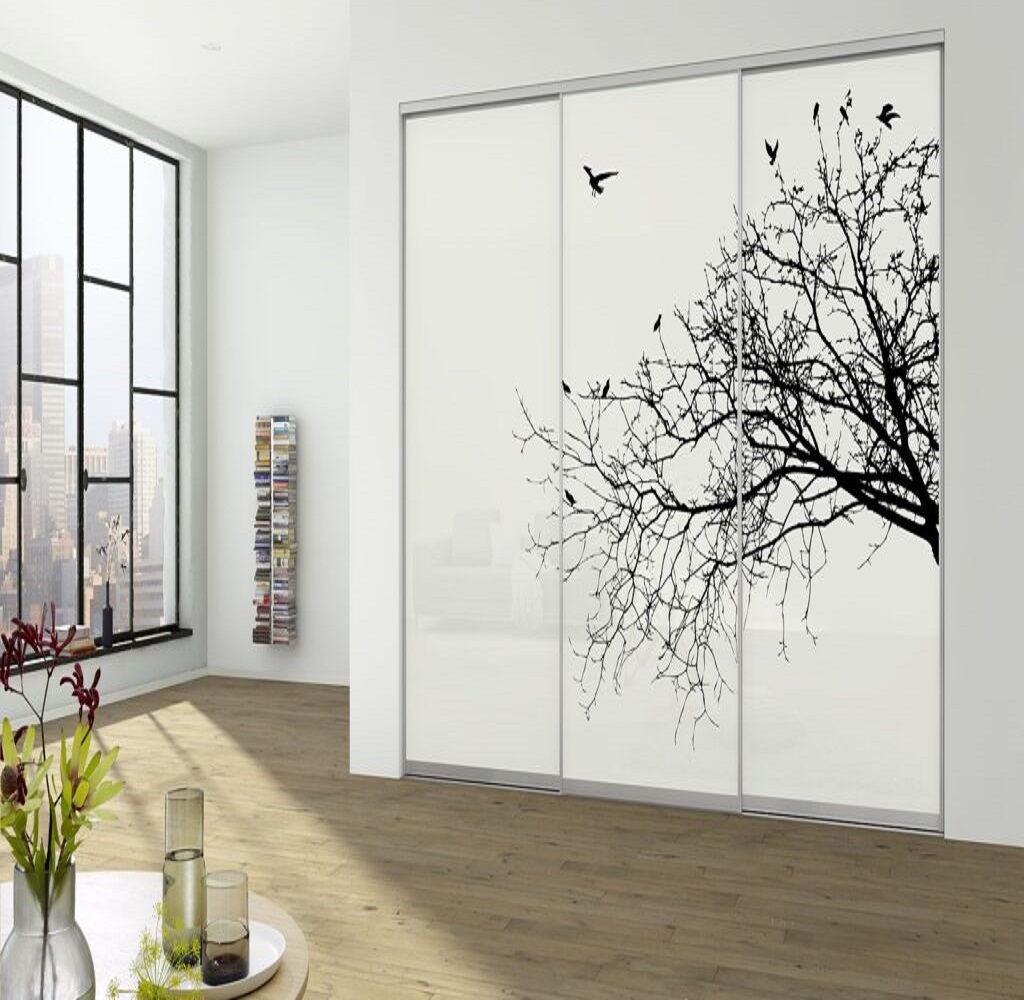
transparency to bring more sunlight and add open spaces to your building. Think stationary glass doors, sliding glass doors, sliding glass windows, glass shower doors, glass railings – well, you get the gist, don’t you? Glass is where form meets function to create the most aesthetically stunning interior décor elements that complement modern décor. Leverage it. And, by printing on glass, you make them your own and give them a personalized style.
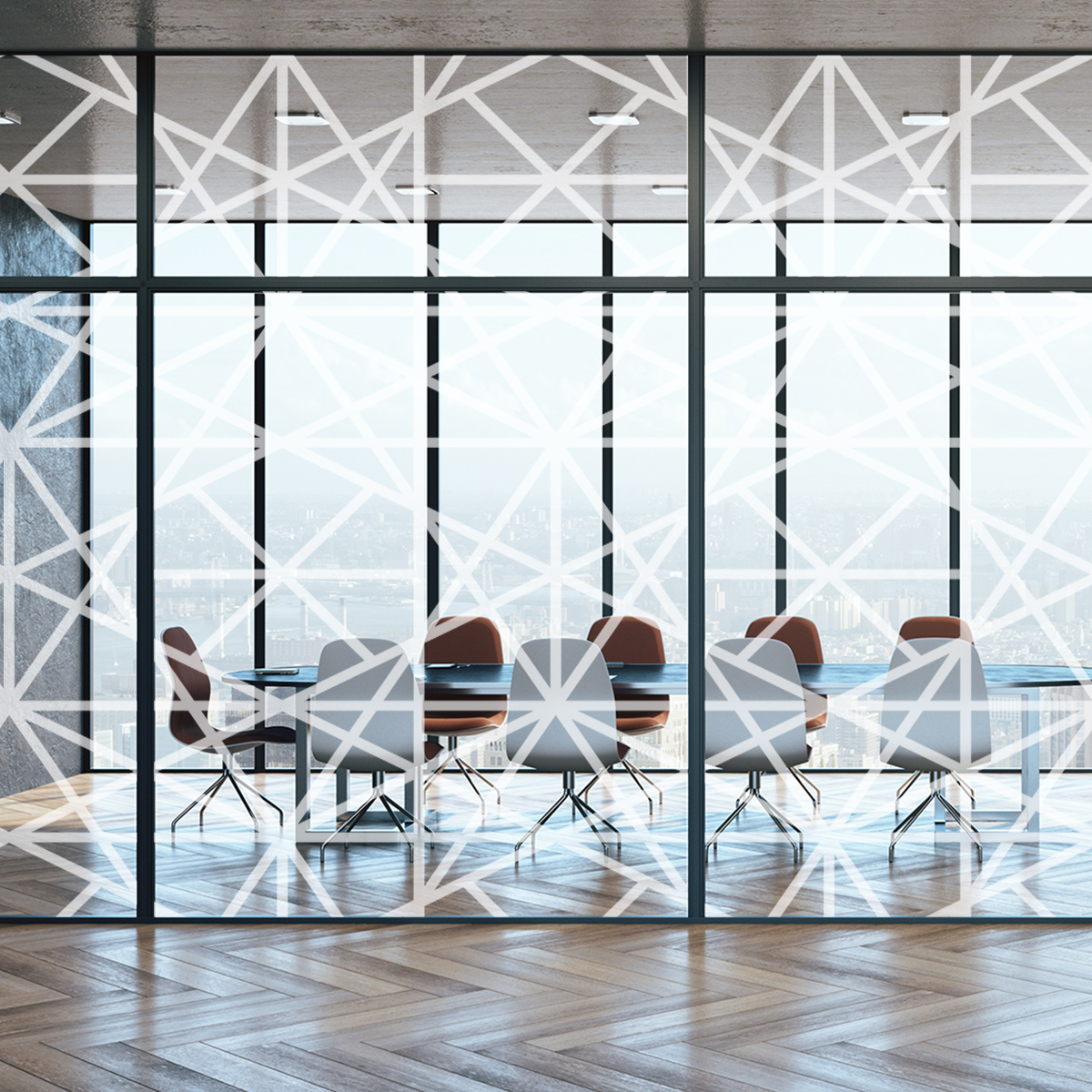
Glass accessories are a great way to “remove” barriers and enjoy a more “transparent” space. Office dividers, cabinet doors, decorative closet doors, and living room dividers are all great ways to add some panache to your interior décor while simultaneously creating a more open, transparent, and connected environment.
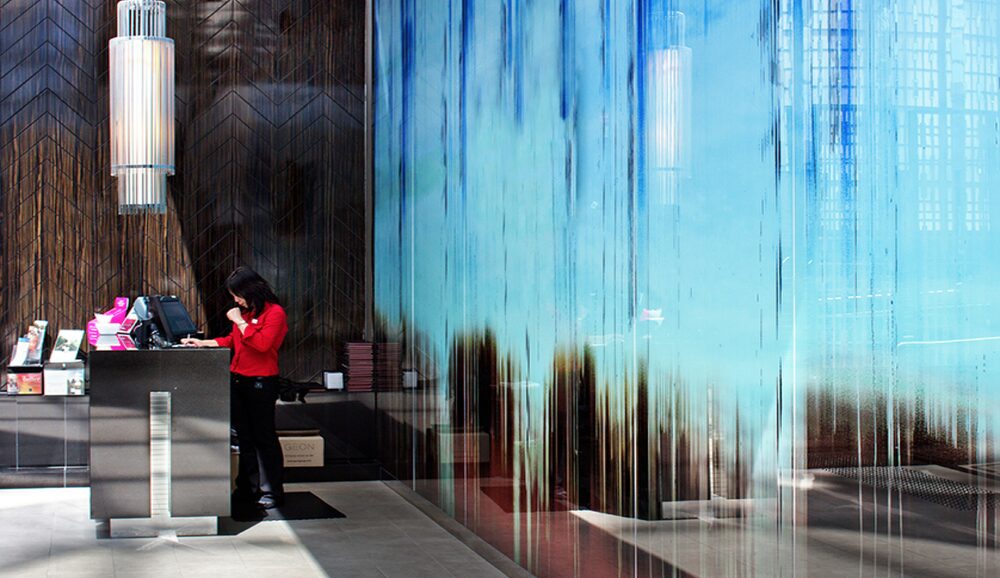
The glass offers an outstanding “canvas” to bring together your space’s décor and style. It can be functional elements like office signage or something more graceful like glass wall art or decorative wall glass panel. There are many ways you can add glass art to your space.
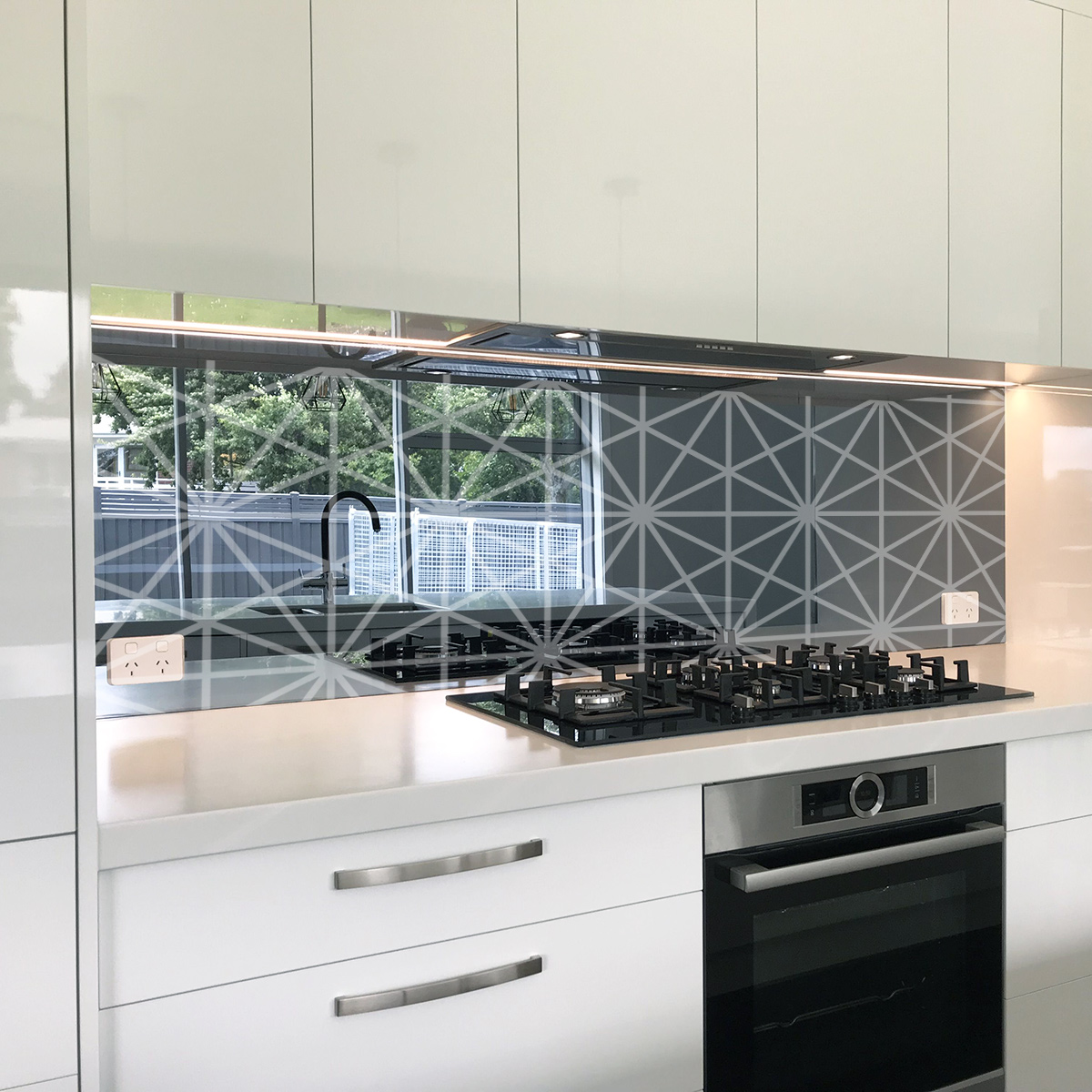
Glass is easy to clean, care for, and maintain. So, glass surfaces make for excellent kitchen backsplashes, mirror backsplashes, tabletops, bathroom backsplashes, and so on. And wherever you install them, you can always print beautiful designs and images on them to blend them seamlessly into the respective room’s décor.
A quick online search for “printing on glass companies near me” will fetch you plenty of businesses that operate in your area. However, sifting through them to find the best service could be a tad bit tricky.
A few things you can consider when searching for the right glass printing service are:
Bellissimo Colors offers a wide range of printing on glass services for businesses, interior designers, and residential customers. We employ multiple technologies to fulfill your complex glass printing needs, no matter how intricate they are. More importantly, we have hundreds of satisfied businesses and homeowners for whom we’ve delivered high-quality glass prints on time.
We can combine all of that experience, expertise, and commitment to deliver high-definition prints that help you make a perfect style statement.
Leave us your details below and we'll get back to you within one business day.

Bellissimo Colors is a pioneer in Digitally Printed Glass Surfaces in South Florida. Our Primary focus is to offer our customers digital printing solutions that will revamp the look of their home or office.